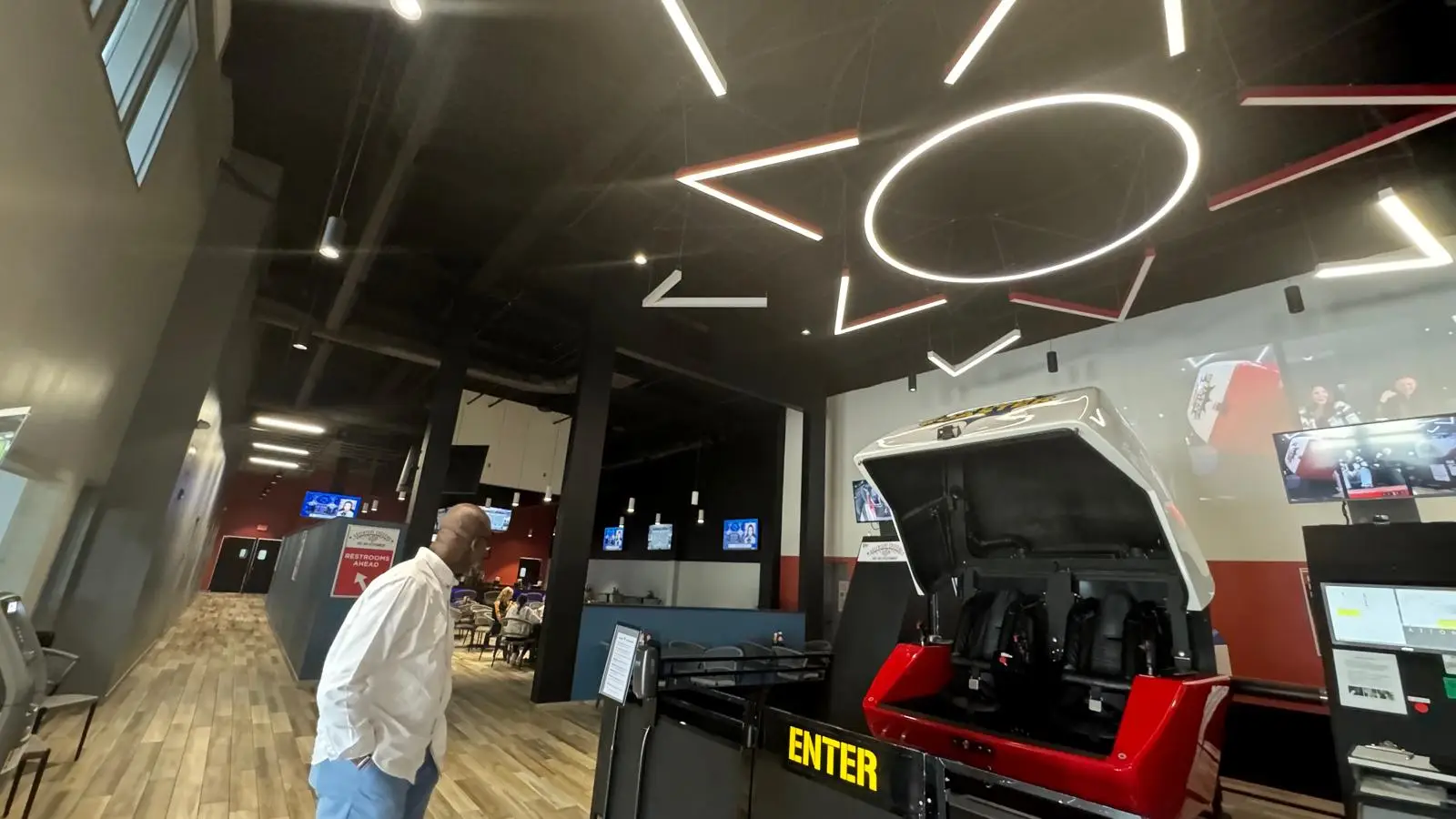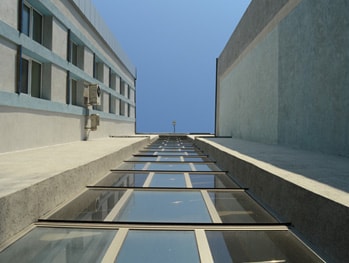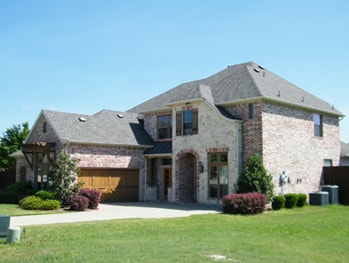Cities and the Problems that plague them
Cities and the Problems that plague them. Mobility challenges are plenty and not limited just to traffic congestion. They are also about efficiently connecting (time, cost, effort) different neighborhoods with public means of transport, helping citizens and professionals at the last mile journey, giving access to the critical stations (train, airport, buses) with multiple means and from multiple regions, offering a variety of options to the people to move around (including bicycle), offering of parking slots, and many more. It is also about understanding how citizens move every day in order for city officials to plan accordingly the location of stations, bike routes and traffic lights, as well as to optimize the schedule of each city activity without disturbing others.
Today, thanks to the use of IoT and AI-enabled solutions, cities can be improved and solve — or at least reduce — some of the main urban transportation issues. Here are some examples:
- Olympus™ can help optimize the availability of public parking slots through real time parking sensors that can show the drivers where
 the nearest parking is without going around blindly. Finding parking in less time can reduce both traffic jams and air pollution.
the nearest parking is without going around blindly. Finding parking in less time can reduce both traffic jams and air pollution. - Understanding how and when people are moving in the city, from where to where and what their profile is. A city authority which can gather this knowledge through the Olympus ecosystem is able to make better planning decisions based on data and facts. Some ways to achieve this are by analyzing the anonymous and aggregated mobile data from consumer phones. If this data is combined with other data generated by connected city furniture for example, then the insights are priceless. Smart city furniture could be connected lights, smart benches, and connected traffic lights, while other city assets could be connected bikes and buses, surveillance and garbage bins. The analysis of all this combined data can generate insights and automation set into motion that we could never think of otherwise.
- Planned maintenance and improvements in roads and public transportation network based on the collected data by the I.O.T enabled assets. For example, large gatherings on a street can be identified by the data generated from smart bikes/lights due to the shaking sensors. No need to send employees to check or ask citizens to report it (usually after accidents). At the same time, the schedule of when a local authorities should send workers to perform maintenance can be planned based on the available data from the sensors around that street, so traffic interruptions can be avoided.
Crime is a broad designation consisting of the most egregious infractions — aggravated assault, robbery, rape, and murder. According to the FBI, there were 386 violent crimes for every 100,000 people in the United States in 2016. While the crime rate has fluctuated slightly in recent years, the incidence of violent crime in the United States remains effectively unchanged from half a decade ago.
The national violent crime rate does not tell the whole story, however. Crime is a local issue, and in some parts of the country, violence is surging.
So how can Olympus™ help with your cities crime problem? Using I.O.T and your existing security infrastructure the Olympus™ infrastructure can provide data allowing you to analyze trends. These trends in crime once analyzed will allow city administrators to deploy counter measures in designated areas helping to deter and reduce crimes. Olympus™ with the integration of ALPR can help law enforcement solve crimes through facial and license plate recognition.
Crime prevention comes in many forms using already deployed chemical, gun fire and explosion sensors Olympus™ can monitor and provide real-time alerts to Police Fire and EMS.
Want to find out more about Olympus™ or one of our many technology partners like PoE Lighting? Interested in saving money? Then contact us now for a demo.
 Previous Post
Previous Post Next Post
Next Post




